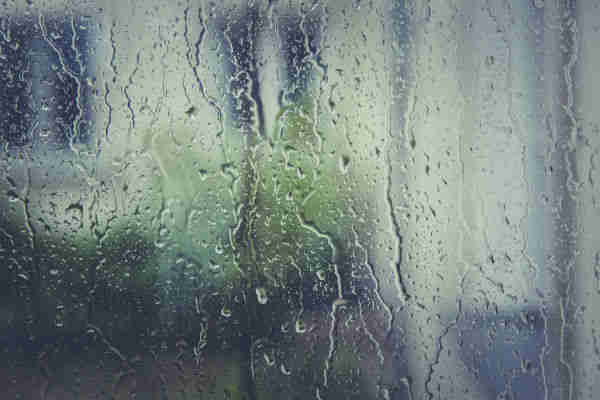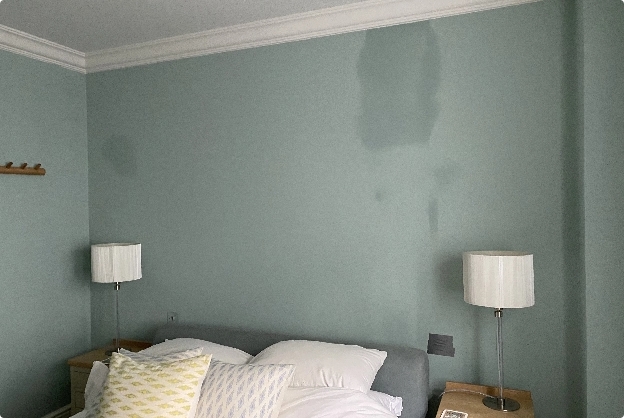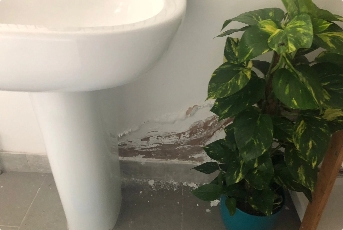Climate Change – How Damp Impacts London Homes
We don’t need reminding that our planet is in the midst of a climate crisis, the polar ice is melting at an alarming rate according to the scientists and here in London, we rarely get to see the Sun and rainfall is higher than it’s ever been. This is a recipe for dampness to invade a building and homeowners need to be vigilant.
What does this mean for London property and damp?
There are layers of clay in the southern part of the UK that hold water and that means damp ground, with moisture that can rise up brick and masonry structures, causing a lot of damage. Moisture penetration has long been an issue for London properties and in this short article, we highlight the threats that damp brings.
Rising damp
Damp that comes from the ground climbs buildings by a capillary action, impacting brickwork, mortar and timber; buildings have a damp proof course between courses of bricks and this prevents moisture from passing this membrane. If the DPC membrane is compromised in any way, moisture moves up the wall.
Penetrating damp
This kind of damp can come from any direction, especially the roof and exterior walls; regular inspections are advised if you want to detect damp early, as it can spread quickly through a building. Wet weather is ideal for damp and homeowners need to be proactive when it comes to moisture protection; if you are planning to buy property in London, we offer a homebuyer damp survey, which accurately assesses the house for damp issues.
Condensation
A humid atmosphere is all it takes for condensation to form and that can cause significant damage to buildings, ventilation is critical, without it, mould and mildew can flourish. If your home has condensation issues, you need to investigate the source and take steps to rectify, which is something we specialise in. Moisture can enter a structure at any location and of the damp proof course is compromised, rising damp will surely follow.
Mould
Mould can be a serious health hazard, it thrives in damp environments and prolonged exposure can lead to respiratory issues. The damp climate is conducive to mould and mildew growth, so you need to keep your eyes peeled, if condensation is present, mould won’t be far away. Our surveyors are busy inspecting London homes on a daily basis, they issue reports to customer that include remedial work recommendations on how best to protect property from the very real threat that damp presents.
Signs of damp in your home
There are quite a few tell-tale signs that damp is present in a house;
- Musky smell in the house
- Damp patches and tide marks on interior walls and ceilings
- Crumbling masonry and mortar
- Condensation on windows and walls
If you would life an accurate assessment of damp in your home, call London Damp Specialists on 020 7458 4864 anytime or fill out the form on this website and get a definitive answer regarding damp in your London property.


